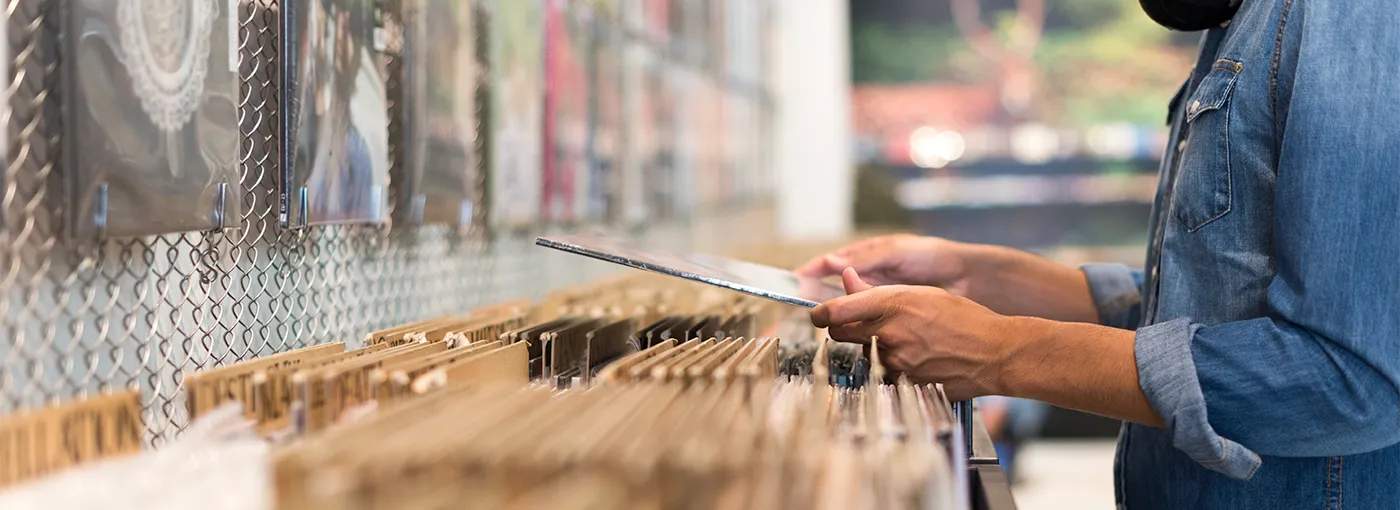
Understanding value and risk in the collectors’ market
From fine wine to classic cars, from art to sports cards, collectibles reflect our interests, values, and individuality. A prized collection can be a source of endless enjoyment for ourselves and everyone around us. And in some cases, it can even be an investment opportunity. But that isn’t a guarantee.
Not long ago a copy of the 1938 Action Comics No. 1, the 10 cent comic book where Superman debuted, sold for US$3.2 million. Eye-popping figures like these grab headlines, leaving the impression that owning rare comic books, antiques, or other treasures can be a profitable alternative to stock market volatility and persistently low interest rates.
For every success story, though, there are many more collectible investments that won’t pan out to be your ticket to early retirement. If you’re an average investor, the collectibles market will be unfamiliar ground – tread carefully.
The problem of valuing collectibles
When buying a collectible with the goal of making money, establishing a proper value is mandatory – but not easy. What’s that painting or antique chair really worth? Are you getting a steal or paying too much?
Determining value is relatively straightforward with financial instruments like stocksᶲ and bonds.ᶲ Shares of a blue-chip company will trade continually throughout the day with buyers and sellers setting a market price in real time.
The trouble with collectibles is that they can go for extended periods without changing hands making it hard to estimate their value. Consulting firm Arts Economics observes that, on average, a piece of art only returns to the market once every 30 years.
Even if you have specialized knowledge or expert help to judge a fair price, valuing collectibles remains subjective so it’s easy to fall into the trap of paying too much, especially for in-demand items. If you do overpay, your chances of making money can dwindle. In the end you might not recoup your outlay, let alone earn a respectable return.
The mechanics of the collectibles trade can also work against you. There’s often a wide spread between retail and wholesale prices. As an investor this means you should expect to pay the advertised price when you buy, but receive substantially less if you sell.
Other considerations before buying
Valuation is a key concern for investing in collectibles, but it’s not alone. Consider these factors before you buy.
Changing tastes
If you can find rare, authentic items in pristine or above average condition, your potential to turn a profit will improve. But unless you have an uncanny ability to predict the next hot trend or what will have staying power it’s tough to turn collecting into long-term investment success. What everyone is clamoring for in one moment could be worth next to nothing in a short time. Buyers are fickle and tastes go in and out of fashion quickly. And prices can fall as rapidly as they rise.
Lack of liquidity
Because many collectibles aren’t actively traded, a buyer might not be there when you’re ready to sell. You may be forced to sell at a much lower price in order to unload your investment.
No income stream
Bonds pay interest. Many stocks issue dividends. Collectibles don’t produce income. Your only financial return comes if you’re able to a buyer willing to pay a higher price than what you paid.
Irrational exuberance
Emotions can sidetrack sensible investing. This is especially true at auctions where it’s easy to get swept up in the action between bidders. The same discipline you need to avoid jumping into a euphoric stock market applies when seeking out collectibles. Excitement or greed can lure you in at a top price just as others are getting out.
Buyer beware
Markets for collectibles like autographs or art aren’t regulated the way stock and bond markets are. Are you buying the real thing or an imitation? Fraud abounds and even experts can be fooled.
Physical damage
Mutual funds and GICs aren’t affected by temperature, humidity dents, or rust. Owning collectibles carries the risk of value-destroying physical damage.
Extra costs
Collectibles don’t pay dividends or interest, but they can have significant buying, selling, and carrying costs. Dealer commissions, auction house fees, insurance, storage, transportation – they all add up and eat into potential profits. And any gains you make on a sale may mean paying capital gains tax.

If you choose to look past the risks and want to add another dimension to your portfolio the collectibles market is getting easier to tap into.
Online auctions have made buying and selling much more accessible to collectors. Options for indirect investment are also springing up. The burgeoning “wine fund” industry is one example.
Wine investment funds hold a portfolio of high-quality wines, offering an ownership stake without the cost and hassle of setting up a private cellar. While on the surface these investment funds might bear a resemblance to mutual funds, they don’t have to meet the same regulatory standards, and can be illiquid. If you’re considering a wine fund or similar investment, it’s wise to seek professional guidance before committing your savings.
Collectibles as a portfolio hedge
Like gold and real estate, collectibles are tangible rather than paper-based assets. But are they a smart way to protect your portfolio from stock market dips?
Based on the performance of the Liv-ex Fine Wine Investables Index – a benchmark tracking the high-end wine market – collectibles won’t necessarily pass the test. During the financial crisis in the fall of 2008 when the value of many assets dropped sharply, Liv-ex followed suit, pulling back over 20%.
Another complication is during financial turmoil, interest in collectibles can dry up as buyers become more risk averse. For Sotheby’s, a leading auctioneer of fine art and antiques, revenue fell 47% during the 2008 financial crisis as trading activity plunged. A scarcity of buyers makes it difficult to realize fair value for anything you hold.
The bottom line is collectibles shouldn’t be looked to as “insurance” for a traditional investment portfolio. Sticking with a properly selected, diversified investment mix that includes equity, fixed income, and cash remains a time-tested approach to grow capital, provide income, and manage risk.
A place in your portfolio?
The joy of owning collectibles can be its own reward. Turning that passion into a sound investment is a different matter.
Investing in collectibles has more than its share of uncertainties – timing, finding a buyer who values the item, even a bit of luck. All things that can be hard to come by. That’s why for most investors, collectibles should represent no more than a niche holding in a portfolio.
When it comes to your wealth, don’t take chances. Speak with your BlueShore financial advisor and find true value in investment options that fit you best.

Have a question? Ask an expert
Niall Dempsey Investment Advisor
Our team of experienced professionals are here to answer any questions you may have.

